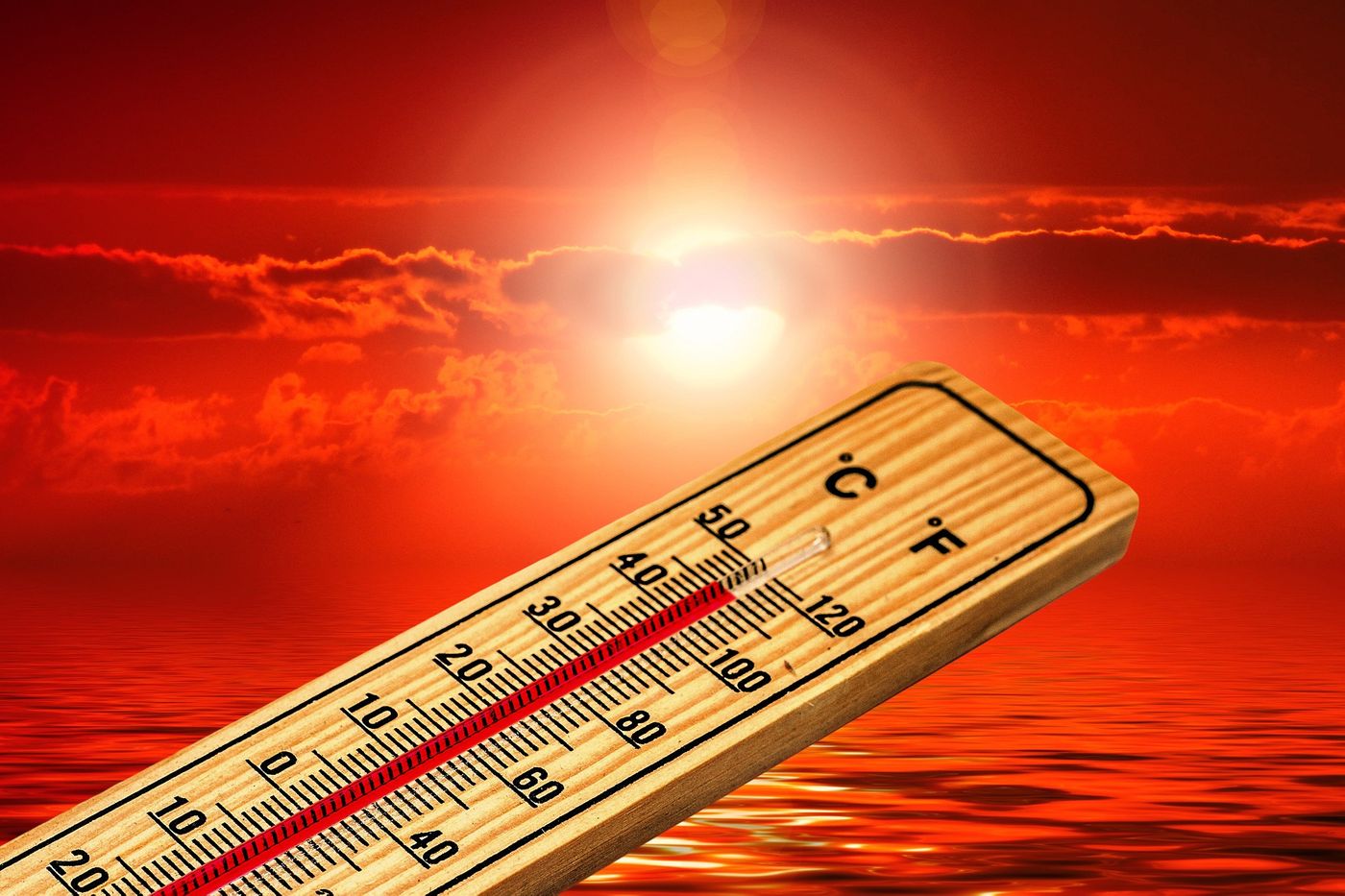Warming climates contributes to increasing heat stress, especially for vulnerable populations
With the recent extremely high temperatures along the northwest coast of the United States due to changing climates, the effect of heat-related stress on the human body has become a major concern. Likewise, heat-related stress has been an issue in more vulnerable regions, such as many African countries, for the past several years.
Scientists have been studying a warming global climate for decades, and recent weather patterns such as increased storm severity and higher temperatures have begun affecting human health in the form of heat stress. Heat stress is brought on by the combined effects from hot temperature, high humidity, and lower wind speed which poses severe threats to human health. According to the Center for Disease Control (CDC), symptoms of heat stress include heat stroke, exhaustion, cramps, and rashes, though can also result in minor--though dangerous for the workplace--issues such as sweaty hands, fogged safety goggles, and dizziness.
A new survey of research led by Katlego P. Ncongwane from the South African Weather Service and University of KwaZula-Nata in South Africa studied the impact of heat stress due to a changing climate on human health, particularly for Africans. The researchers found that vulnerable populations were particularly susceptible to continued effects from heat stress. Moreover, the effects of heat stress can—and should—have a profound impact on policy development, urban planning, and mitigation efforts, particularly for populations in vulnerable locations.
Additional recent research led by Cicero Z de Lima from Purdue University has found that agricultural workers—another vulnerable population--are also affected by heat stress. In regions like Sub-Saharan Africa and Southeast China, an increase of 3°C could reduce crop output by 30-50%. As reported in the International Journal of Biometeorology, heat exposure has been known to reduce productivity, especially for those who work outside. Thus, the increase in temperature, which subsequently increases heat stress, would have a profound ripple effect, such as rising prices of agricultural crops and the need for more workers, since current laborers would not be able to remain healthy in the field all day.
An equally vulnerable population are those living in urban China. While urban environments tend to contribute to warming climates, the warmer climate in these urban environments also contributes to heat stress and its affect on humans. The impact of heat stress on various populations due to warming climates is profound, and given the current trajectory where more cities—like Portland, Oregon and Seattle, Washington—are affected, research across the board suggests that updated domestic and international infrastructure could help mitigate the effects of heat stress for human populations.
Sources: Center for Disease Control, Sustainability, Environmental Research, International Journal of Biometeorology, Advancing Earth and Space Science, The Atlantic










